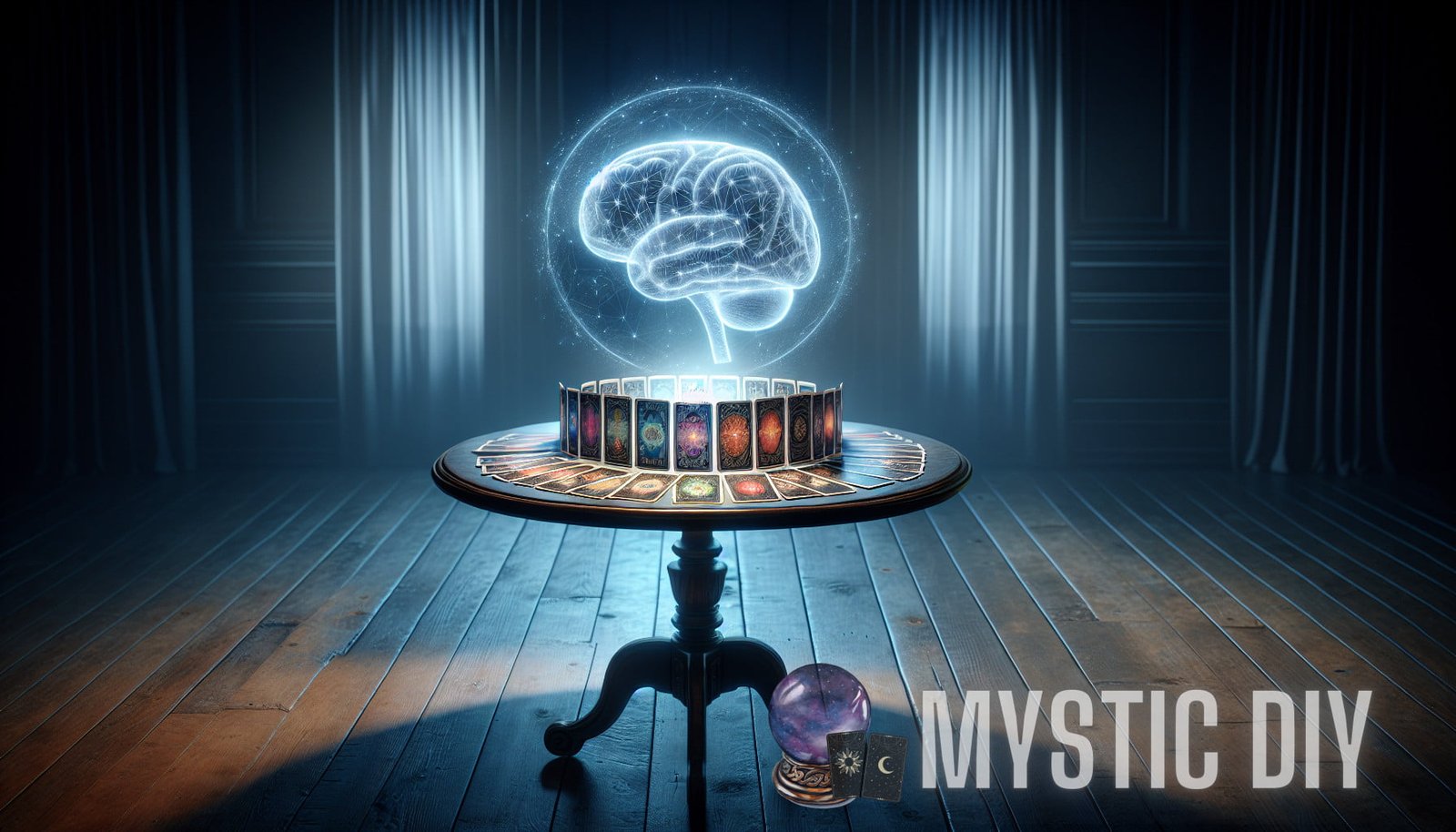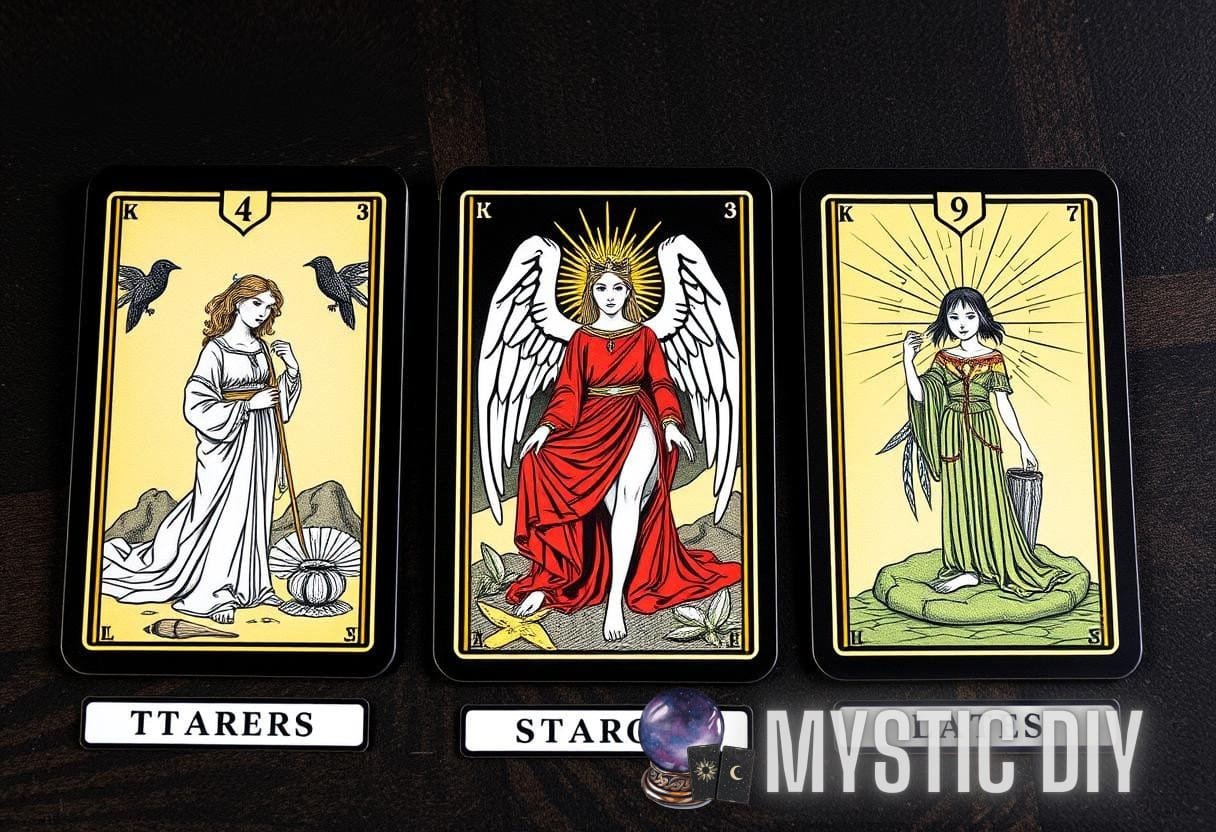Journey Within: A Scientific Exploration of the Transformative Power of Tarot Cards
For centuries, tarot cards have intrigued and fascinated people around the world. From their mysterious origins in medieval Europe to their modern-day use as a tool for self-discovery and personal growth, tarot cards have captivated the imaginations of both believers and skeptics alike. But what is the real science behind tarot? Can we analyze and understand the transformative power of these cards from a scientific perspective? In this guide, we will take a deep dive into the world of tarot science, exploring the history, psychology, and cultural impact of tarot cards.
The History of Tarot
The origins of tarot cards can be traced back to 14th-century Europe, where they were first used as playing cards in games like tarocchini and tarot. The oldest surviving tarot cards, known as the Visconti-Sforza deck, date back to the mid-15th century. These early decks were heavily influenced by the Italian Renaissance and featured intricate artwork depicting allegorical and mythological scenes.
Over time, tarot cards began to take on a more spiritual and divinatory role. In the late 18th century, French occultist Jean-Baptiste Alliette, who went by the pseudonym Etteilla, published one of the first tarot divination books, introducing the idea that tarot cards could be used to gain insights into the past, present, and future.
In the 19th and 20th centuries, tarot experienced a resurgence of popular interest thanks to the efforts of influential occultists such as Arthur Edward Waite and Pamela Colman Smith. Waite and Smith collaborated on the creation of the Rider-Waite-Smith tarot deck, which is still one of the most widely used and recognized decks today.
Today, there are hundreds of different tarot decks available, each with its own unique symbolism, imagery, and interpretation. Tarot has become a major part of New Age and alternative spiritual practices, as well as popular culture, with references to tarot appearing in films, TV shows, and literature.
The Science of Tarot
While tarot is often associated with mysticism and the supernatural, some researchers and psychologists have approached tarot from a scientific perspective. They seek to understand the psychological and cognitive processes that underlie the use of tarot cards and explore the potential benefits and effects of using tarot for personal growth and self-reflection.
One area of research focuses on the concept of synchronicity, which was famously explored by psychologist Carl Jung. Synchronicity refers to meaningful coincidences that cannot be explained by conventional cause-and-effect relationships. Some psychologists believe that the use of tarot cards can tap into the unconscious mind and facilitate the experience of synchronistic events.

Another area of scientific interest is the psychological phenomenon known as the Barnum effect. The Barnum effect refers to the tendency of individuals to accept general and vague statements as highly accurate descriptions of themselves, even when these statements could apply to anyone. Tarot readings often rely on the interpretation of symbols and the use of open-ended questions, which can inadvertently tap into the Barnum effect.
Furthermore, cognitive psychologists have studied the role of tarot in promoting self-reflection and personal growth. By exploring the images and symbols on the cards and reflecting on their personal meanings, individuals can gain insights into their own thoughts, feelings, and behaviors. Tarot cards provide a visual and symbolic language that allows individuals to access their unconscious thoughts and emotions.
Overall, the scientific study of tarot is still in its early stages. While there is not yet a large body of empirical evidence supporting the use of tarot cards for personal development or divination, researchers continue to explore the potential psychological mechanisms underlying the power of tarot.
Using Tarot for Personal Growth
If you’re interested in using tarot cards for personal growth and self-reflection, there are a few key principles to keep in mind:
- Develop a Practice: Set aside regular time to engage with your tarot cards. This could be daily, weekly, or monthly, depending on your schedule and preference. Consistency is key to building a relationship with the cards and accessing their transformative power.
- Set Intentions: Before each tarot reading, take a moment to set clear intentions for what you hope to gain from the experience. This could be gaining insight into a specific issue, receiving guidance on a decision, or exploring a particular aspect of yourself.
- Ask Open-Ended Questions: When posing questions to the tarot cards, try to avoid yes-or-no questions. Instead, ask open-ended questions that allow for exploration and reflection. For example, instead of asking, “Will I get a promotion?” you might ask, “What steps can I take to advance my career?”
- Trust Your Intuition: As you work with the tarot cards, trust your own intuition and instincts. Pay attention to the thoughts, feelings, and impressions that come up as you interpret the cards. Your intuition can be a powerful guide in unlocking the wisdom of the tarot.
Transformative Power of Tarot
For many people, tarot cards offer a means of self-exploration, personal growth, and spiritual development. Tarot readings can provide insights, guidance, and support during times of transition, uncertainty, or inner turmoil.

Tarot cards serve as mirrors, reflecting back the deeper truths, desires, and fears that may be hidden within us. They can shed light on unconscious patterns and motivations, helping us uncover and heal our inner wounds. Through the imagery and symbolism of the cards, we can gain new perspectives, challenge our assumptions, and embrace new possibilities.
Tarot readings can also be a tool for personal empowerment. They remind us that we have the power to shape our own lives and make choices that align with our values and desires. By working with the cards, we can tap into our own inner wisdom and find the courage to take action and create positive change.
It’s important to note that tarot readings should not be seen as fortune-telling or absolute predictions of the future. Rather, they offer guidance, insights, and possibilities based on the current energies and influences in our lives. Tarot can be a valuable tool for self-reflection, but ultimately, we are the ones who have the power to shape our own destinies.
Conclusion
Tarot science is a fascinating field of study that explores the psychological, cognitive, and transformative aspects of tarot cards. While the scientific study of tarot is still in its early stages, researchers continue to explore the potential benefits and effects of using tarot for self-reflection and personal growth.
If you’re interested in incorporating tarot into your own life, it’s important to approach it with an open mind and a willingness to explore your own thoughts, feelings, and motivations. By engaging with the cards on a regular basis and trusting your intuition, you can tap into the transformative power of tarot and gain insights into yourself and your life.
Remember, tarot is a personal journey, and each individual’s experience with the cards will be unique. Embrace the mystery, embrace the symbolism, and embrace the transformative power of tarot.
For more articles on tarot science, check out these resources:
For more general information on tarot, check out the Wikipedia page on tarot.



